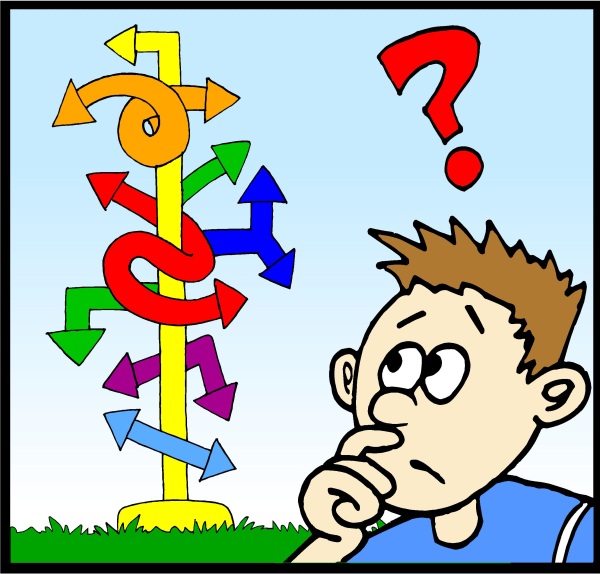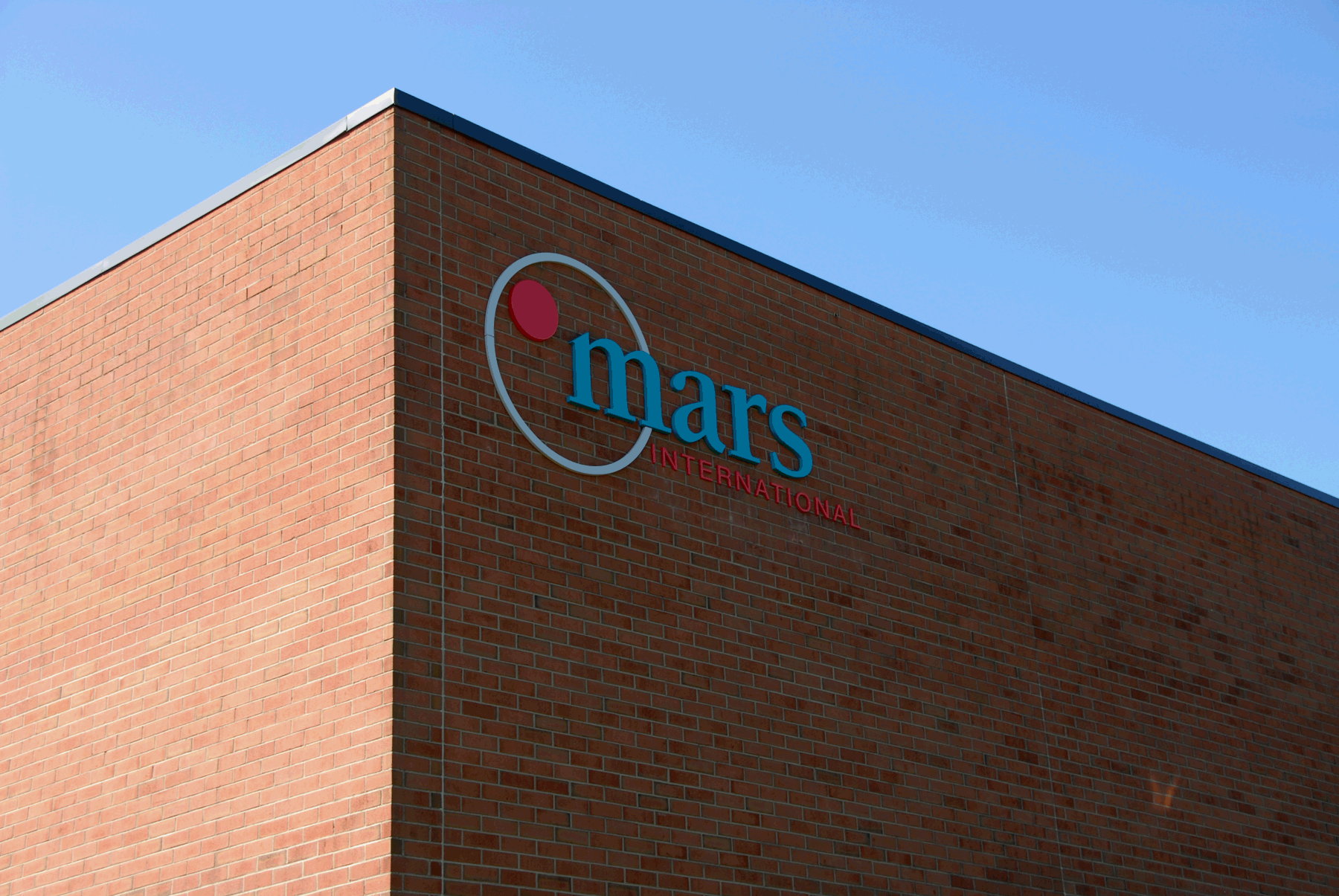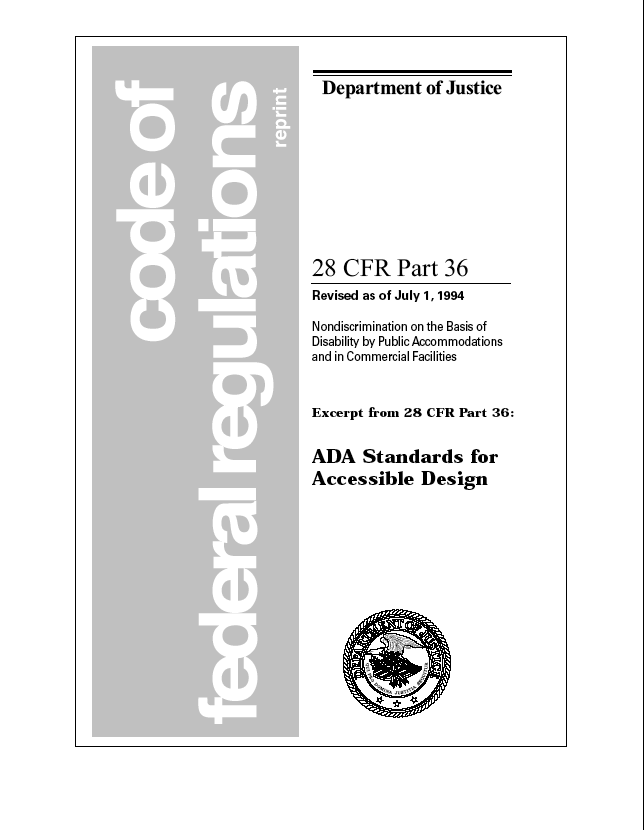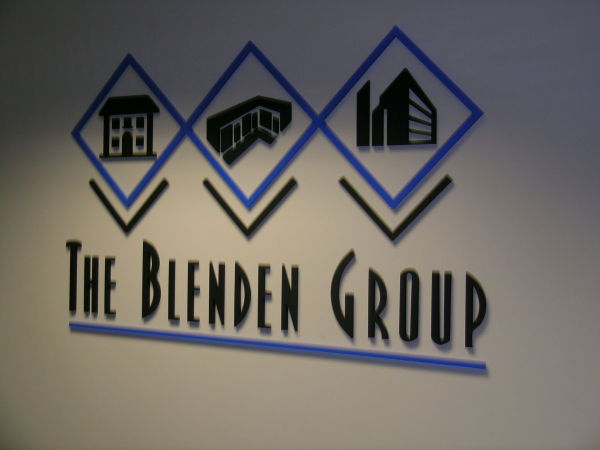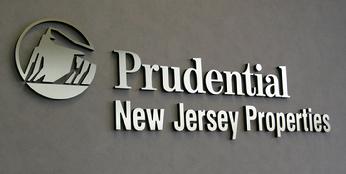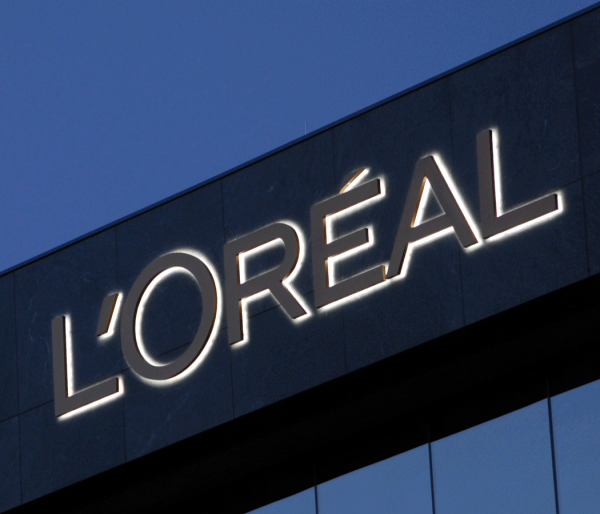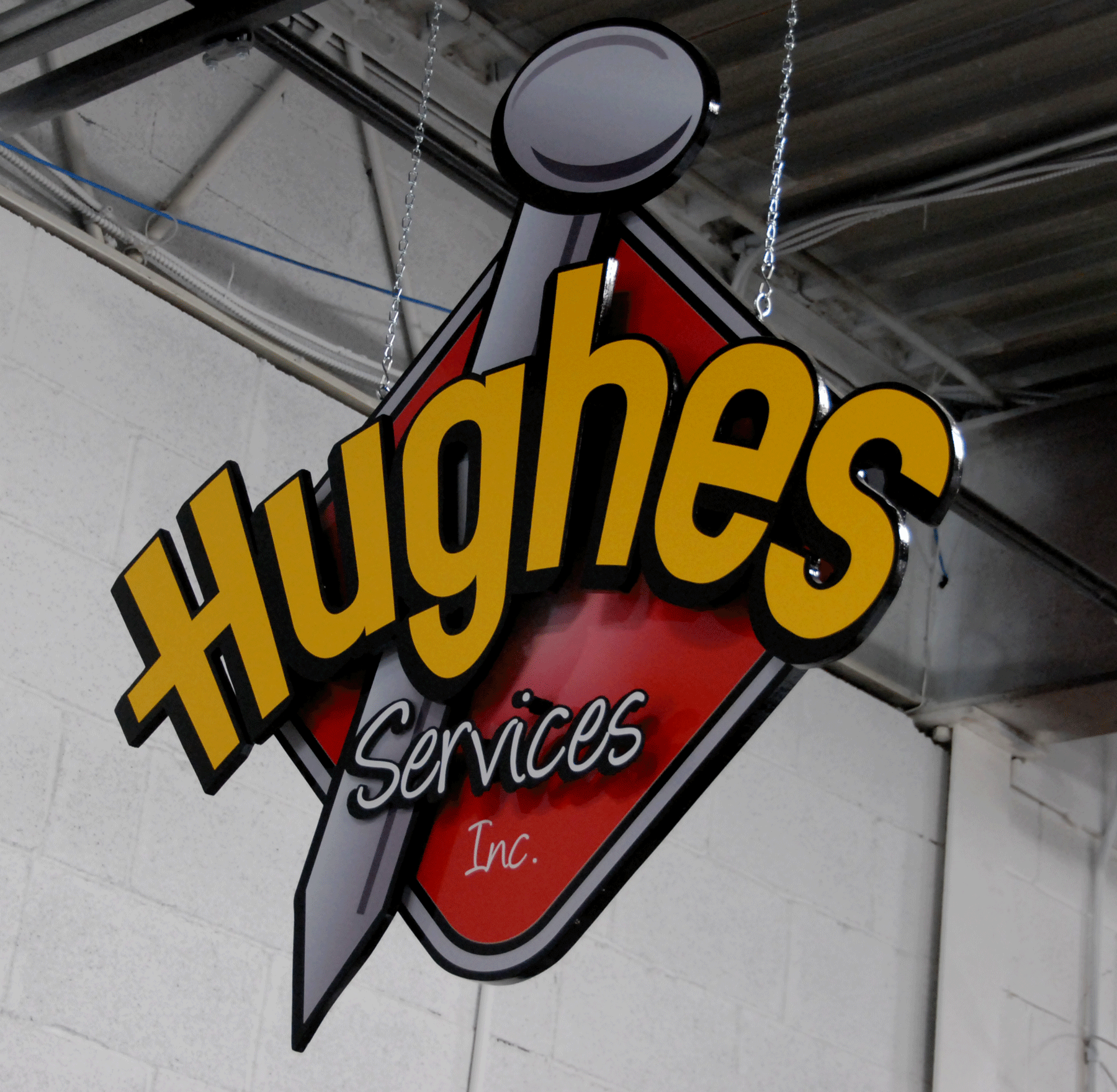How do most people lose weight? They don't will it to happen and hope for the best. Successful weight loss comes after you develop and stick to a plan of diet and exercise.
Getting the most out of your signage budget is similar. You have to develop and stick to a facility signage plan that takes into account all the aspects of great signage and helps eliminate the problems you most often encounter with your signs.
To get started writing a plan, it's helpful to understand why you need a plan in the first place and the key questions to answer.
Why a Master Plan?
A master plan might sound a little sinister, like something a criminal mastermind would cook up in the lab. But if you think about it, the master plan is what helps the criminal mastermind achieve his ultimate aims.
With a plan in place, everyone knows what to do, what to expect and they will be less likely to cause problems and delays. It also helps when someone steps outside of the guidelines. You can look back at the plan, revisit the guidelines and make corrections.
Without a plan, you will experience some of the classic problems with maintaining consistent facility signage — new management looking for a "change," a vendor who doesn't stick to guidelines, or urgent situations trumping the guidelines.
Building the Plan
You can begin to build your master facility signage plan by connecting with your marketing or advertising departments. These departments often build corporate brand guidelines that govern things like letterhead, business cards and even email signatures. These guidelines should govern your signs as well.
Then, you want to ask some key questions.
Our Blog - A look into our world
Let's get started...why you need a plan for your signage
Posted by Gary Baron on Wed, Apr 10, 2013 @ 09:22 AM
Topics: architectural signage, facility managers, wayfinding signs
How to make your signage more useful and intuitive
Posted by Gary Baron on Fri, Apr 5, 2013 @ 02:39 PM
Have you ever seen a sign that needs a sign to explain it to a building's visitors? What about signs that serve no purpose or use to customers? Those signs aren't getting the job done for your facility if no one can understand what the sign indicates or knows why the sign is there in the first place. These signs also waste money in your sign budget.
All signs in a building or facility should be both useful and intuitive for customers, clients and visitors. If a sign doesn't achieve that basic mission, then don't waste your money on the sign. To make signs useful and intuitive, there are four key indicators to help you achieve this goal.
1. Know Who Will See the Sign
Different audiences call for a different approach to signage. The signs customers and clients need to see vary greatly from those employees need to see. Carefully considering the sign's audience will help you understand what information the sign needs in order to be useful and intuitive to the viewer. This is also a good lens to view current signage in your facility to see if it needs updating.
If you are unsure who sees what signs in your building, spend some time touring the facility. Spend time in different areas observing who visits that area, what signs already exist and how people react to and interpret signage. This "field data" can yield a lot of information to make signs more useful and intuitive for the people who see the sign regularly.
2. Make Signs Recognizable
Or in other words, make the sign visible. Intuitive and useful signs won't work if people can't see them. As you consider color, size and other sign attributes, keep in mind where the sign will eventually go in a building. Don't choose colors that will blend into the surrounding wall or sizes that are too small for a space.
Once you have placed signs in your facility, ensure they don't get blocked by plants, doors, file cabinets or other obstructions. Signs no one can see are basically signs that aren't even there.
3. Use Common Symbols
Creativity is great in some areas of business like marketing and advertising. Signage, though, is one place where you want to stick with what works. Intuitive and useful signs rely on common symbols and icons that customers, clients and visitors can easily recognize and interpret. These include common symbols for restrooms, stairs, disabled access, emergency exits and other commonly visited sites in and around facilities.
4. Vary Signs for Audience
This "must" for useful and intuitive signs takes into account the different audiences who will visit your facility over the course of a business day. This includes:
Topics: architectural signage, property managment signs, wayfinding systems
Mars International adds custom signage to their new headquarters in Piscataway, NJ
Posted by Gary Baron on Tue, Jul 31, 2012 @ 03:52 PM
Mars International is a Custom Fashion Accessories Group delivers expertly crafted custom decorative hardware, jewelry, accessories, and fabrics to principal designers and luxury brand owners in the fashion industry.
Topics: dimensional sign, dimensional letters, architectural signage, branding
In 1990 the United States Congress enacted the Americans with Disabilities Act (ADA), a far reaching legislation that prohibits discrimination against persons with disabilities. In addition to protecting the right to employment, the ADA ensures access to public transportation and full and equal opportunity to enjoy goods, services and use public accommodations. Consequently business establishments that serve the public are required by law to comply with a variety of requisites including some very specific guidelines for signage.
Most of us think immediately of braille signs, but the ADA requirements go far beyond signage for the blind. Signs must be readable to the functionally blind as well as those with lesser visual impairments. Persons in wheelchairs must also be able to access the information on signage. In addition, people who are deaf, have difficulty speaking due to physical disease or psychiatric illness, the elderly, and those with other impairments can all benefit greatly from clear ADA compliant signage.
Topics: architectural signage, ada, Americans With Disabilities Act signage
Lobby signs, wayfinding, directional signage, branding—these are all tools to identify locations, direct the flow of people, and make a visual statement about your company. Lobby signs do more than merely establish a place name. Psychologically, they endow your brand with both prominence and positioning, creating the perception of a stable company with permanence and reliability. Elements of an effective lobby sign are as varied as their application: Lobby signs can be simple or elaborate, inspired or purely functional, yet still enhance the aesthetics of the building’s interior.
Topics: dimensional sign, architectural signage, property managment signs, directory signs
Lobby Signs, Architectural Signs create a first impression
Posted by Gary Baron on Sat, Mar 24, 2012 @ 07:59 PM
Some are quick to overlook the psychological impact of lobby signs on the perception of a business. It is easy to do particularly for the established business. However, there is no question that lobby signs play a critical role in a client's "first impression" of a business. Imagine this...
Topics: dimensional sign, architectural signage, branding, lobby sign
Monument Signs, Entrance Signs, all you need to know
Posted by Gary Baron on Fri, Mar 23, 2012 @ 03:27 PM
Monument signs come in many different sizes, shapes, and designs. They often reflect the architectural style of the building or shopping center they are associated with. They may advertise multiple businesses, or just one major business. The signs that include multiple names may be bigger that those that include just one name, though the size also depends on the company logos included, how far away the sign is from the building, and how visible it needs to be. Some monument signs are painted, while others have information carved into their surface, and still others include changeable panels. Lighting of some sort is often included as part of monument signage. It may be located in the surrounding landscaping, or built directly into the sign itself. One of the most unique aspects of monument signage is design that allows it to blend in with its location while still being visible to customers. It is made to match the design of its surrounding area so that it appears as part of the scenery instead of sticking out in a garish manner.
Topics: architectural signage, property managment signs, outdoor signage, wayfinding systems, monument signs
Lobby Signs / Corporate Signs / Reception Area Signs, what makes a great sign
Posted by Gary Baron on Thu, Feb 23, 2012 @ 03:51 PM
Lobby signs are crucial for any business where the customers come to you. Lobby signs are the first thing that greets a potential customer. A good sign can speak volumes about your business and increase foot traffic whereas a poorly designed sign can lead to a bad first impression, one that may cost you that client’s business.
There are many tips on having a good lobby sign. For starters, the coloring for the sign needs to represent your brand image as well as separate you from your competition. You’ll want something that stands out but also integrates your brand logo well. The size of the lettering and of the actual sign is also pivotal components. This means you'll want lettering large enough to read and a sign that fits your space appropriately. The style of the lettering is also crucial, as you want to be able to make sure customers are able to read your sign from a good distance.
Location is another essential component. You want your sign to be visible from a distance, that way customers can find your business. Having a sign in a poor location makes it hard for customers to find you and this in turn can turn them away from your business.
The condition of your lobby sign is another key area. If the lettering is cracked or the colors have faded, not only does it make it more difficult for customers to find you, when they do it won't be a stellar first appearance. Having a well presented sign with crisp lettering and bold colors shows customers you care about your appearance, which will lead to more favorable first impressions.
The last component is information on the sign. It's important to make sure your brand logo and mission statements are current, if displayed. Further, by having the current hours of operation visible, customers will appreciate you took the time to inform them of your operating hours.
Ultimately, lobby signs greet your potential customers thereby giving them a first impression of your business. A well-designed sign shows customers the quality you put into your appearance and can help customers recognize your brand easily. Furthermore, a well-designed sign also leaves a better first impression and can increase foot traffic into your business.
Topics: dimensional sign, dimensional letters, architectural signage, lobby signs
Putting your name on a building will improve your branding
Posted by Gary Baron on Sat, Jan 21, 2012 @ 10:27 AM
A significant way that you may improve your brand is by putting your name on your building. Granted, building signs don’t come cheap, and there are plenty of sign ordinances and city codes you have to pay attention to, but the rewards typically far out-weigh the expenses. One major benefit of having your name on your building is the perception of permanence in the minds of your customers. Nobody wants to do business with a fly-by-night, and that sense of permanence can encourage both new and repeat business. Outdoor signs on your building can inform potential customers about the type of products and services you offer and can also help your customers to locate you.
Topics: architectural signage, branding, outdoor signage, outdoor signs, back lighted LED letters
Dimensional Signs can add value to your company's image
Posted by Gary Baron on Fri, Jan 20, 2012 @ 01:11 PM
When you’re trying to get your company sign to really stand out and make an impact what are your options? Plain signs just blend in to the sameness and don't reach out and touch your customer. Using a sign that’s too tall can be confusing; some passers-by could even miss the sign altogether. A sign with a striking image is nice but if people are too caught up with the picture they could miss your sign.
One exciting option you should consider is dimensional signage. Dimensional signage are signs with a background and a foreground; sometimes with just elevated letterings; sometimes with a whole open layout. Dimensional signs add that three-dimensional bit of pop your businesses sign is lacking.
Topics: dimensional sign, architectural signage, lobby signs, lobby sign, office signs


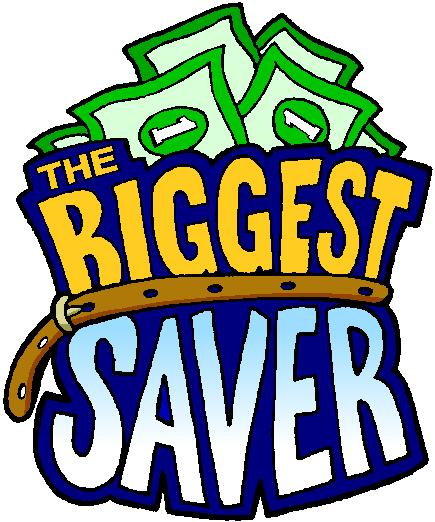-resized-600.jpg)
